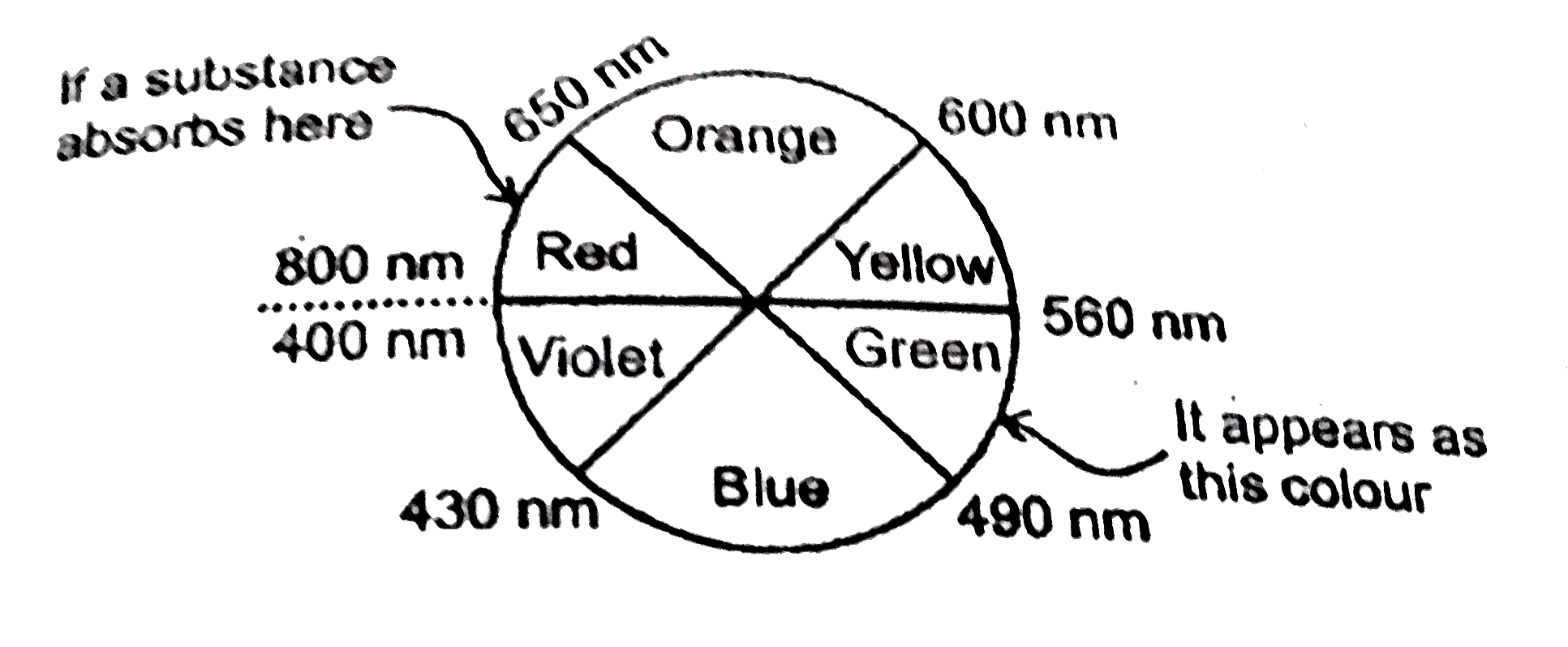In the complex ion MLn+6,Mn+ has five d-electronns and L is a strong field ligand. According to crystal field theory, the magnetic properties of the complex ion correspond to how many unpaired electrons ?
0
1
2
3
The correct Answer is:B
Topper's Solved these Questions
Similar Questions
Knowledge Check
In the complex ion MLn+6,Mn+ has four d-electrons and L is a strong field ligand. According to crystal field theory, the magnetic properties of the complex ion correspond to how many unpaired electrons ?
A4B1C2D3In the complex ion MLn+6, Mn+ has five d-electrons and L is a weak field ligand. According to crystal field theory, the magnetic properties of the complex ion correspond to how many unpaired electrons?
A(a) 0B(b) 5C(c) 2D(d) 3In the complex ion MLn+6,Mn+ has four d-electrons and L is a Weak field ligand. According to crystal field theory, the magnetic properties of the complex ion correspond to how many unpaired electrons ?
A0B1C2D4
Define crystal field splitting energy. On the basis of crystal field theory, write the electronic configuration for d4 ion if Δ0<P.
View SolutionDefine crystal field splitting energy. On the basis of crystal field theory, write the electronic configuration for d4 ion if Δ0<P.
View SolutionWhich of the following paramagnetic complex with two unpaired electrons in t2g orbital according to crystal field theory
View SolutionCrystal field theory views the bonding in complexes as arising from electrostatic interaction and considers the effect of the ligand charges on the energies of the metal ion d-orbitals
In this theory, a ligand lone pair is modelled as a point negative charge that repels electrons in the d-orbitals of the central metal ion.The theory concentrated on the resulting splitting of the d-orbitals in two groups with different energies and used that splitting to rationalize and correlate the optical spectra,thermodynamic stability, and magnetic properties of complexes.This energy splitting between the two sets of d-orbitals is called the crystal field splitting Δ.
In general, the crystal field splitting energy Δ corresponds to wavelenght of light in visible region of the spectrum, and colours of the complexes can therefore be attributed to electronic transition between the lower and higher energy sets of d-orbitals.
In general, the colour that we see is complementry to the colour absorbed.

Different metal ions have different value of Δ, which explains why their complexes with the same ligand have different colour.
Similarly the crystal field splitting also depends on the nature of ligands and as the ligand for the same metal varies from H2O to NH3 to ethylenediamine, Δ for complexes increase.Accordingly, the electronic transition shifts to higher energy (shorter wavelength) as the ligand varies from H2O from NH3 to en, thus accounting for the variation in colour.
Crystal field theory accounts for the magnetic properties of complexes in terms of the relative values of Δ and the spin pairing energy P. Small Δ values favour high spin complexes, and large Δ values favour low spin complexes.
The [Ti(NCS)6]3− ion exhibits a single absorption band at 544 nm.What will be the crystal field splitting energy (in kJ mol−1) of the complex ? (h=6.626×10−34J.s,C=3.0×105m/s,NA=6.02×1023 ions/mole.
View SolutionWhich of the following d-electron distribution of the diamagnetic complex [Ni(CN)]2− is possible according to the crystal field theory ?
View Solution
